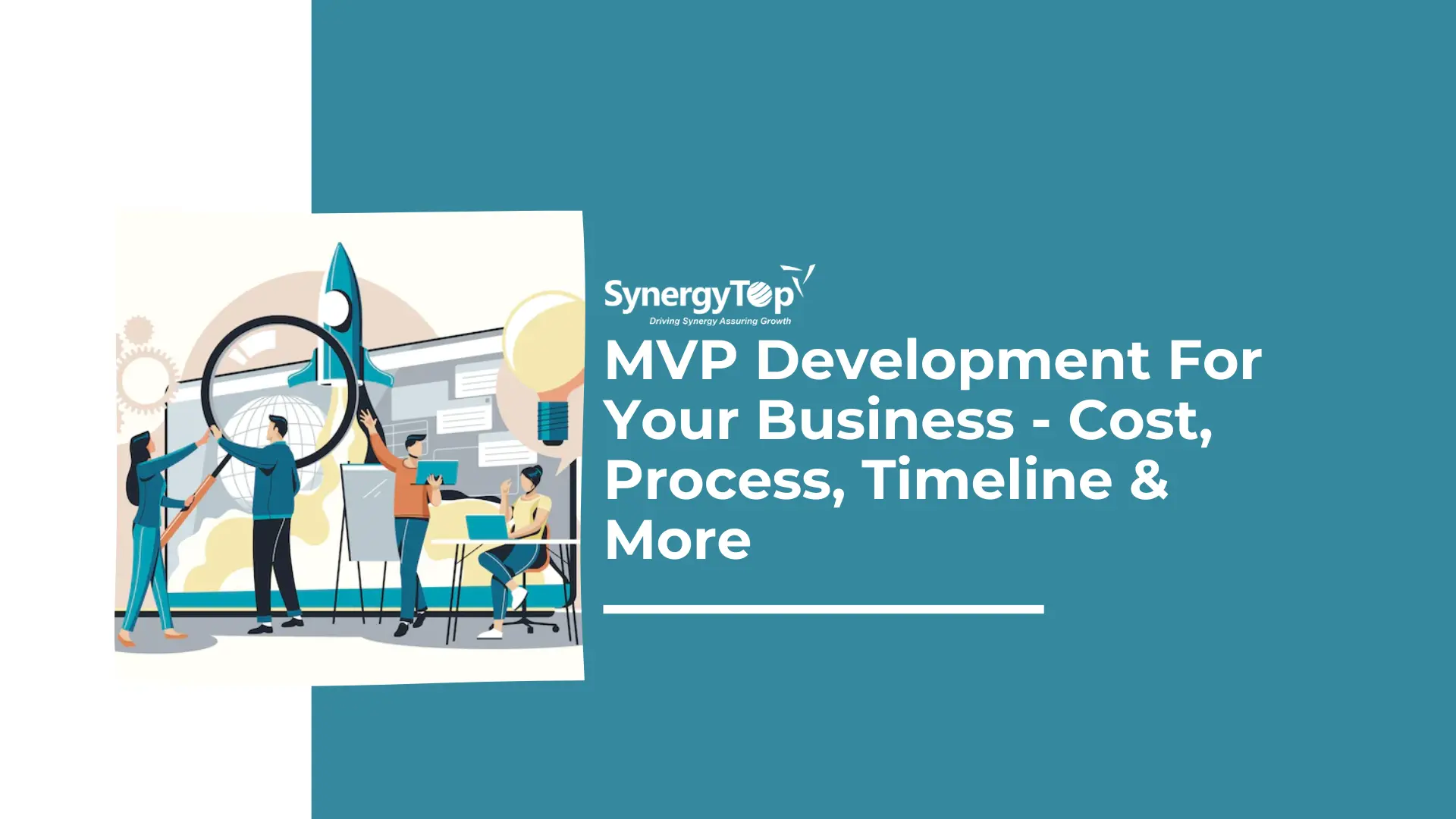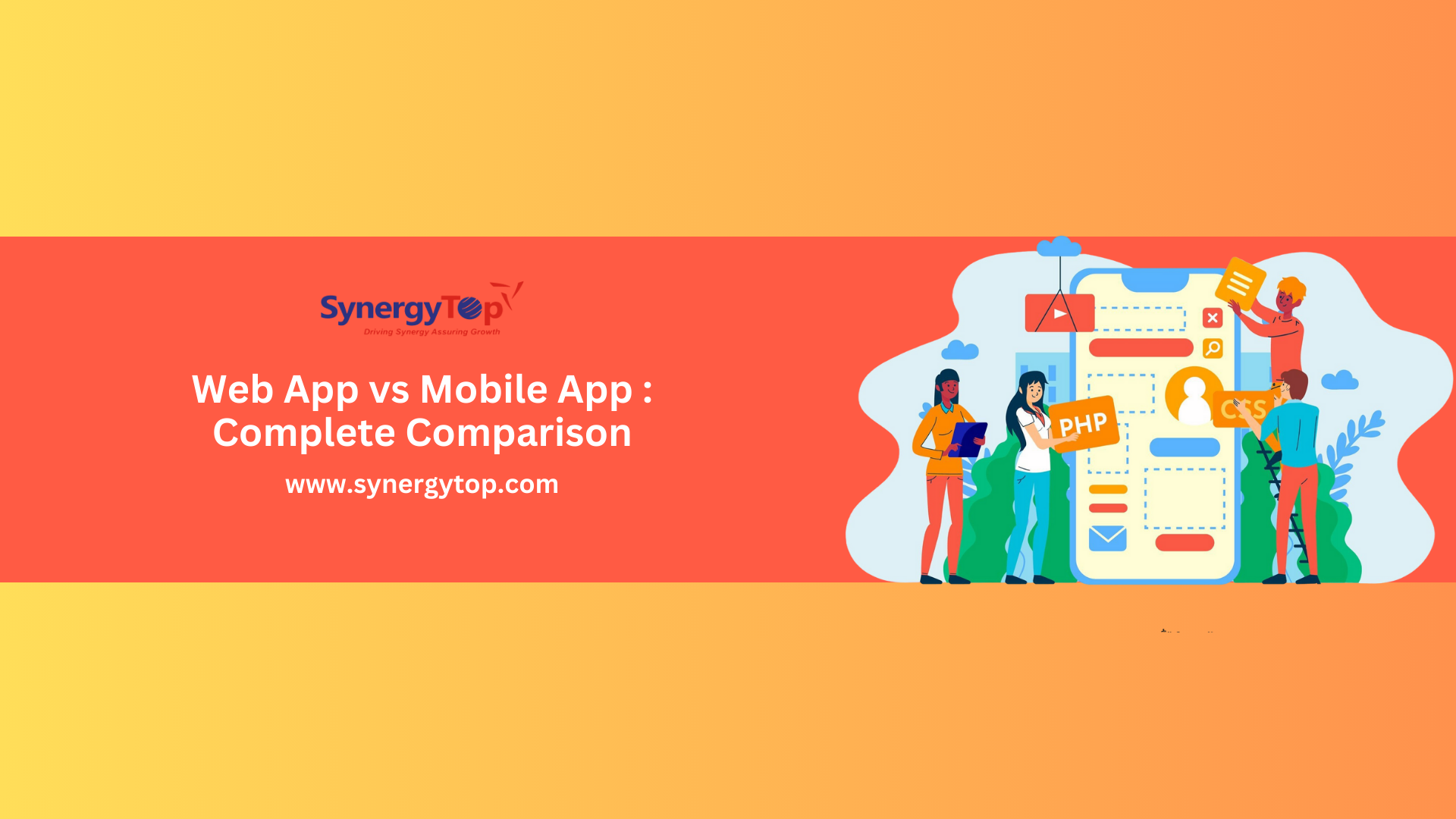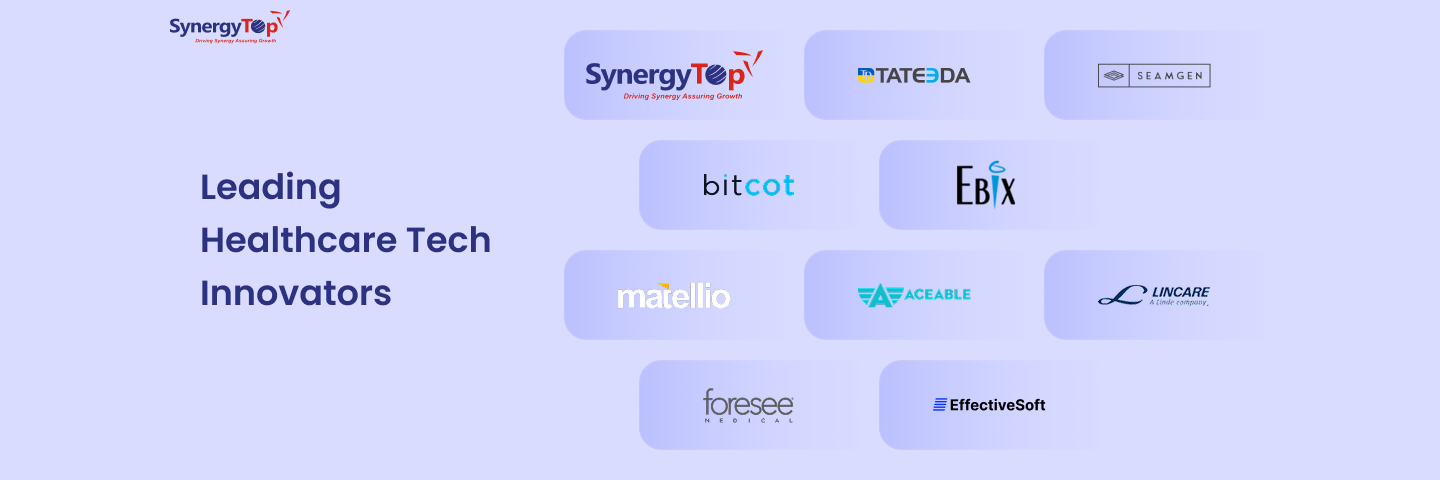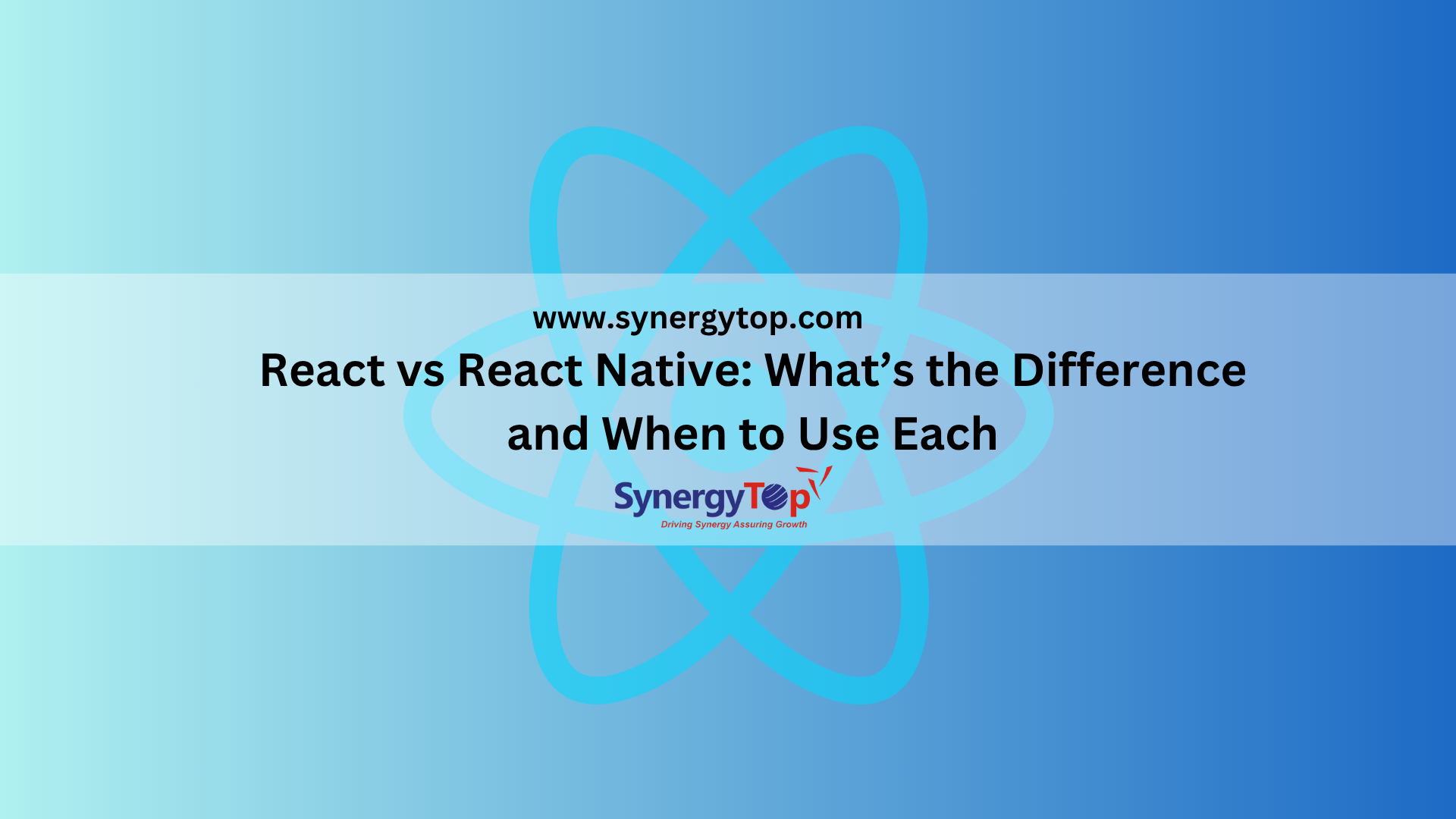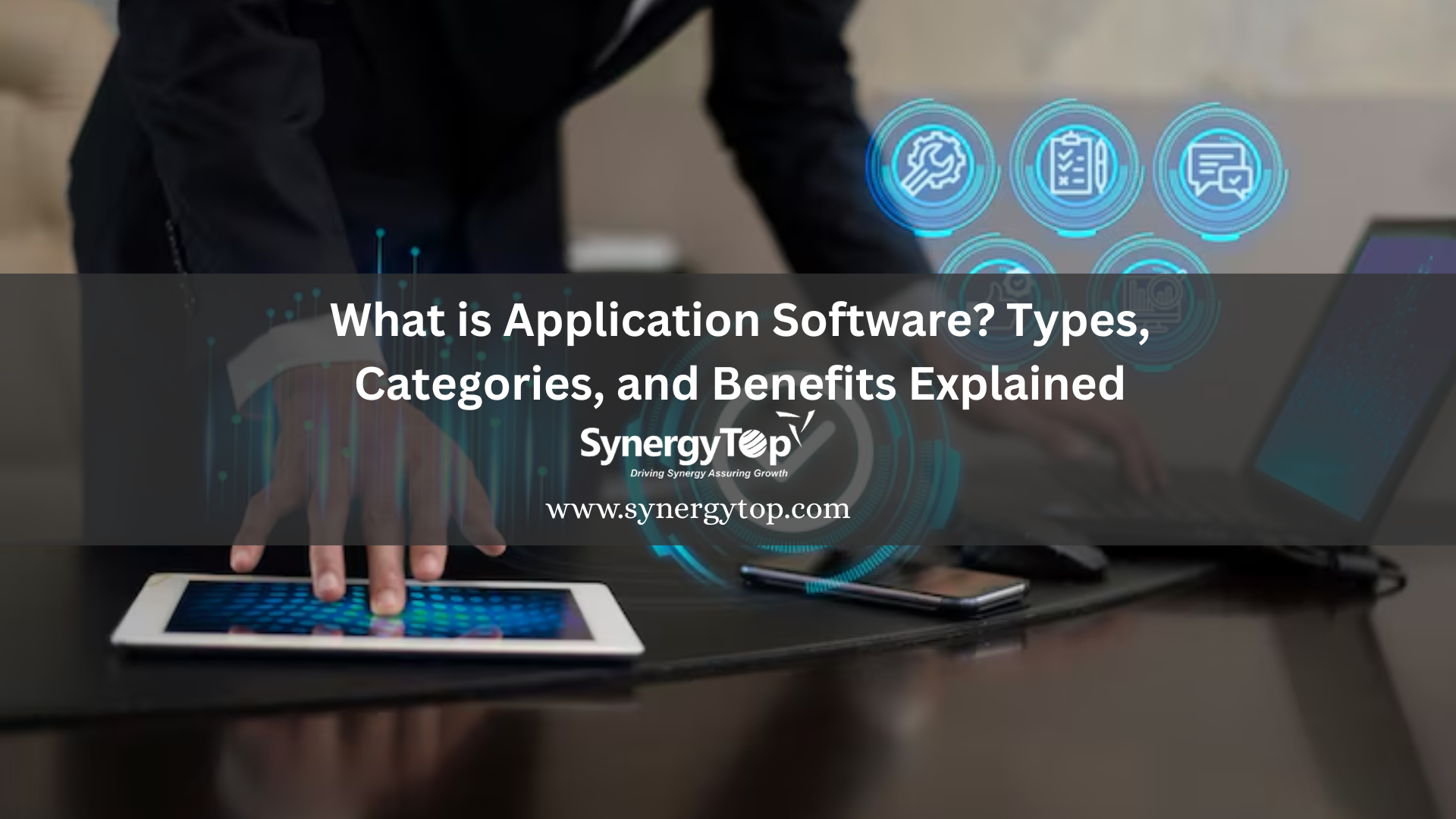Sources suggest that 18.4% of American businesses fail in the first year of launch. In a span of 10 years, the failure figure reaches 65.5%. Among others, the lack of a proper product is the key reason for business failure. And that could have been avoided with MVP development.
What is an MVP?
How is it different from a proof of concept or prototype?
Why is MVP development important?
How much does it cost to develop an MVP?
How long does it take to get an MVP developed?
How to get started with MVP development?
Find answers to all these questions and more in this detailed guide to MVP development for your business right here.
What Is An MVP?
Minimum Viable Product or MVP is a physical or software product that includes enough features to attract early adopters while helping businesses get user feedback quickly and affordably.
In the software development sphere, MVP development plays a pivotal role in the complete product development lifecycle.
Does that MVP is another name for a proof of concept (POC)? Or is MVP similar to a prototype?
No.
A minimum viable product is vastly different from proof of concept and prototypes.
Read on to know MVP is different from POC and prototype.
Proof of Concept vs. MVP vs. Prototype
As soon as a business strikes ideas, you cannot jump with it into the market. The idea needs to be validated and developed to be ready for the market. Proof of concept, prototype, and MVP are different ways of doing that. Though the core purpose of the three remains the same, they are vastly different concepts.
Let’s understand them one by one.
A proof of concept is a preliminary description of a business idea. For example, if you want to launch a mobile app, you might want to write down what is the purpose of the app, what features it will have, and how it will work. That’s proof of concept.
A prototype is a more solid draft of the main features and the flow of your idea. Continuing with the mobile app example, say you get a clickable simulation of how the app would work. That’s a prototype.
On the other hand, an MVP is a product you can actually take to market. Say you get the basic version of your app developed and launch it on the app stores. That is what is MVP development. Though there might be more features that you’d like to add, later on, an MVP has the basic features is ready to be shown to the public.
To sum up, the key point of difference between a proof of concept, prototype, and MVP is that a proof of concept is a document detailing the idea, a prototype is a clickable version of the product, and an MVP is a basic version of the product that can be taken to the market.
Why Is MVP Development Important For Business?
A lot of people think that if they have an idea, the logical next step is to take it to market in full swing.
But that’s how businesses fail.
An idea needs validation and is perfected only after getting user feedback.
Also, going to market with a fully-developed product takes a lot of money and effort, which might not even yield an ROI.
That’s why a minimum viable product is important. Here are 5 other reasons why MVP development is important for your business.
1. Test Your Assumptions
When you are working on your proof of concept, it is easy to make a lot of assumptions. These assumptions may or may not be true in the real world. An MVP helps validate and test your assumptions in a real-world scenario. You can take a small product with basic features to the market and see if your assumptions resonate with your audience or not without spending a bomb on a full-blown application.
2. Collect User Feedback
Did you know that Instagram was launched as Burbn, an app that let users make virtual check-ins at various locations using GPS functionality?
There were a lot of apps that offered similar features but Burbn’s photo-sharing feature made it unique. And that’s what users loved the most about that. And that’s how today Instagram had its humble beginnings and it is now one of the most-loved and fastest-growing photo and video-sharing apps in the market. All with the help of initial user feedback.
An MVP lets you do that for your business idea too. You can launch an MVP with just the core features, collect user feedback and then revise your app based on the user mandate.
3. Optimize The Use Of Resources
When you are starting out with your business, you have very limited resources, right? And you need to distribute those limited resources among a lot of tasks. So why spend the majority of those resources on just hiring developers and development teams to build your digital product? MVP development costs less than full product development and thus, you can better utilize your minimum resources while starting out.
4. Faster Time To Market
Since its launch, Pepsi has been trying to outshine Coca-Cola. But Coca-Cola’s first mover advantage has always given it an edge. Coca-Cola launched in 1986 and Pepsi came to market 13 years later when the former was already selling a million bottles each year.
Now, the first-mover advantage is even more essential. Where products and even services are easily replicable and your competitors might have more funds than you, you cannot afford to take a very long time to get to the market. Instead of building a product with a lot of features and getting delayed, MVPs have a faster development timeline and can be quickly launched to give you an edge in the market.
5. Fundraising
A lot of companies take their proof of concept and product ideas to venture capitalists and angel investors for gathering investment. An MVP, however, gives you a better shot at raising capital. How? Well, given that MVP is something that you can launch in front of your audience, it also helps you show your ideas in a better manner and also get real user feedback. This builds trust and makes VCs and angel investors more inclined toward investing in your idea.
Factors Affecting The Cost Of MVP Development
When you are getting an MVP developed, there are a lot of factors that come into play and affect the cost.
Below we have discussed the key factors that affect the cost of MVP development.
1. The team
The cost of the team that you hire or engage to get your MVP developed is the key aspect that determines the total cost. There are different engagement models that you can use for MVP development and they have varying costs, discussed as follows:
1.1. In-house developers
If you decide to build an MVP development in-house, know that your expenses will rise. For one, you will need to hire 5-6 developers, quality assurance experts, manual and automation testers, and even a dedicated project manager who will oversee the operations. The cost will not just include their salaries, but also overheads like insurance, equipment, taxes, and more.
1.2. Freelancers
If you want to save on the overheads, freelancers are a great bet. However, that also means you will have to compromise on security, stability, and scalability. No one knows when a freelancer will bid you adieu and never return. Also, a majority of freelancers work on multiple projects at once, and thus, dedicated development is not something you can expect.
1.3. Outsourcing to reliable development teams
If you outsource the development to a reliable agency, you get the cost advantage that comes from not hiring in-house. Also, you get more stability and dedication than freelancers.
2. The Complexity Of The MVP
The cost of MVP development is directly proportional to the complexity of the MVP. The more complex features your MVP requires, the higher would be the cost. Also, if your MVP requires a lot of designing and custom development, it would definitely cost higher.
3. Technology Used
Different technologies have a different impact on the cost of your MVP. Some developers are cheaper to find as compared to others while some cost way more. Also, the technology determines how much time it will take to develop the MVP, further contributing to the cost.
4. Features Included In The MVP
The number of features you include in your MVP has a direct impact on the cost of your MVP. The more features, the higher will be the cost. In general, it is a best practice not to aim for a feature-loaded MVP. That should be left for the future. An MVP should include only the most required and basic features to keep the cost and timeline under a limit.
5. Post Development Costs
The cost of MVP development isn’t limited to just the development phase. Post-development costs are also there and should be factored in while you are planning your MVP development budget. The cost of MVP marketing and development and the cost of post-deployment support and development is the key among these costs which should be considered.
The Cost Of Developing An MVP – An Estimation
If you want to know how much it costs to develop an MVP for the idea, it is best that you request a no-obligation, free quote from team SynergyTop. Our expert product engineers and technical architects will consider your idea and prepare a custom quote for that.
However, if you are just gathering a general idea about the overall cost of MVP development, here are some estimations that can help you.
If you go with freelancers for MVP development, the cost usually falls between $9,000 and $15,000. The variation comes from the different costs of developers in different geographical locations, along with the differences in features and functionality.
If you decide to hire an in-house developer, it is likely to set your pocket lighter by at least $25,000. This is because you will have to pay not just monthly salaries but also overhead expenses.
When hiring dedicated teams for MVP development, you are expected to pay an hourly fee of anywhere between $25 to $250.
The typical timeline for MVP development at SynergyTop is 8 weeks and the value proposition that we offer comes at around twice that of what freelancers can offer. Moreover, freelancers and an in-house team of MVP developers bring to the table only development experience. As a team of MVP development experts, we are also aware of the issues that are likely to arise in the process. And our experts offer valuable guidance to you and help you smoothly take the project to completion.
Having been involved in the making of close to 100 MVPs so far, we have a deeper understanding of the process of MVP development. Our experience with companies in a wide range of niches also helps us provide fitting solutions for your needs.
At SynergyTop, you not just get development support, but also long-term maintenance support which helps you not just in the present, but also in the way ahead.
The MVP Development Process
The MVP development process (followed at SynergyTop) is detailed as follows:

Get Started With MVP Development Today
With that, you now have to understand everything that needs to be known about Minimum Viable Products (MVP). The next step that you should take now is to start your MVP development process.
SynergyTop has a team of 50+ experts who have delivered 500+ digital solutions to startups as well as enterprise-grade clients in the past 8 years. Our clients range from a wide variety of industries including Healthcare, Renewable Energy, Manufacturing, Hospitality, EdTech, Travel & Tourism, Entertainment, and more. We guarantee MVP development within 8 weeks and can help you achieve the quick-mover advantage in the market.
Don’t wait anymore, get your MVP development process started with a free, no-obligation quote from SynergyTop.


